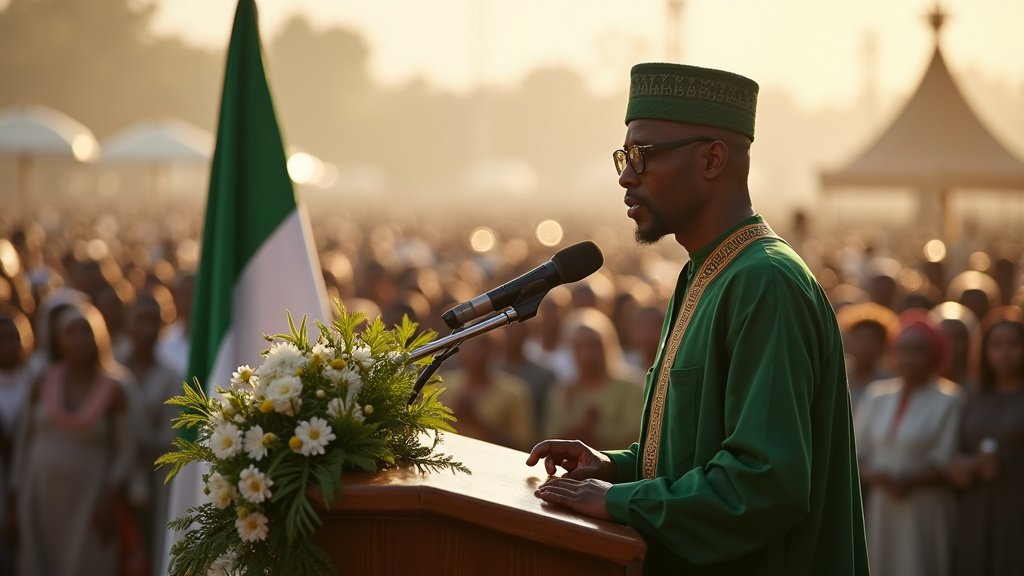Title: A New Dawn: Understanding the Israel-Hamas Ceasefire Agreement and Its Implications
Introduction
The recent ceasefire agreement between Israel and Hamas marks a pivotal moment in a conflict that has persisted for over 15 months. Set to commence on January 19, this deal has sparked cautious optimism among the residents of Gaza, many of whom have endured unimaginable hardship during this protracted strife. While the agreement is a step toward peace, its road to implementation is fraught with complexity and potential pitfalls. This article delves into the critical aspects of the ceasefire, its implications for the region, and the broader geopolitical landscape.
The Background of the Conflict
The Israel-Hamas conflict has deep historical roots, characterized by periodic escalations of violence, particularly in the Gaza Strip. For years, the region has been a flashpoint for tensions between Israelis and Palestinians. The most recent escalation began in 2022, leading to widespread destruction and loss of life. According to reports from Gaza’s Health Ministry, the violence claimed over 70 lives, including 21 children and 24 women, shortly after the ceasefire announcement.
The humanitarian crisis has reached staggering proportions, with millions of Gazans displaced and in dire need of assistance. Mahmood Kurdia, a resident displaced to Khan Younis, poignantly expressed, “I just want to go home, even if my house is in ruins.” Such sentiments underline the urgent need for a lasting resolution to the conflict.
The Ceasefire Agreement: Key Components
According to CBS News, the ceasefire agreement underwent intense negotiations and faced significant last-minute challenges. Israeli Prime Minister Benjamin Netanyahu initially hesitated to approve the deal due to complications arising from Hamas’s demands. The agreement comprises three crucial phases designed to establish a sustainable peace.
1. **Complete Ceasefire and Withdrawal of Israeli Forces**: The first phase involves a comprehensive ceasefire, requiring Israeli forces to withdraw from populated areas of Gaza. This is a critical step in de-escalating military tensions and creating a safer environment for civilians.
2. **Release of Hostages**: Central to the agreement is the release of hostages held by Hamas, which includes women, the elderly, and wounded prisoners. In exchange, Palestinian prisoners will be released, a contentious point that has generated significant debate within Israeli political circles.
3. **Negotiations for a Permanent Peace**: Following the initial phases, further negotiations will aim to establish a lasting peace and a significant reconstruction plan for Gaza. The details of these negotiations remain tentative, yet they are pivotal for the long-term stability of the region.
Political Dynamics and Challenges
The approval of the ceasefire is not without its political ramifications. The Washington Post highlighted that Israel’s security cabinet faced internal pressures as far-right members expressed their discontent with the terms of the ceasefire. National Security Minister Itamar Ben Gvir’s Jewish Power party has threatened to withdraw from the coalition if the ceasefire proceeds, while Finance Minister Bezalel Smotrich has linked his party’s continued support to the resumption of full-scale military operations.
This political turmoil underscores the fragility of the agreement and the challenges Netanyahu faces in maintaining coalition unity. Despite these hurdles, it appears that Netanyahu will secure enough votes to pass the deal, reflecting a complex balancing act between pursuing peace and appeasing hardline factions within his government.
International Reactions and Implications
The international community has closely monitored the ceasefire negotiations, with President Joe Biden emphasizing the U.S. administration’s role in facilitating the agreement. A press release from the U.S. Department of Defense noted that Biden’s team worked in conjunction with Donald Trump’s administration to achieve this breakthrough. Both leaders have claimed credit for the ceasefire, presenting it as a significant foreign policy accomplishment.
For Trump, the ceasefire provides a platform to embark on a second presidential term without the immediate burden of conflict in the Middle East. For Biden, it represents a noteworthy achievement in foreign diplomacy as he approaches the end of his presidency. However, the long-term effectiveness of the agreement will depend on the successful implementation of subsequent phases and the willingness of both parties to engage in constructive dialogue.
Humanitarian Considerations
As the ceasefire unfolds, the humanitarian situation in Gaza remains dire. The region has suffered extensive damage to infrastructure, healthcare facilities, and housing, leaving many residents vulnerable and in need of urgent assistance. Aid organizations are poised to ramp up their efforts, but the successful delivery of aid will hinge on the security environment and the cooperation of both sides.
The ongoing military operations have left a profound impact on the civilian population, and any sustainable solution must prioritize humanitarian needs. The release of hostages, alongside the provision of aid and reconstruction efforts, must be viewed as integral to the peace process.
The Path Forward
The ceasefire agreement represents a crucial opportunity for both Israel and Hamas to redefine their relationship and seek a more stable coexistence. However, the complexities of the region’s politics, historical grievances, and external pressures will play a significant role in shaping the future trajectory of this conflict.
It is essential for both sides to approach the negotiations with a genuine commitment to peace, understanding that the path forward requires compromise and a willingness to engage with the difficult realities of the situation. The support of the international community will also be vital in facilitating dialogue and ensuring that humanitarian needs are met.
Conclusion
The Israel-Hamas ceasefire agreement is a significant development in a long-standing conflict that has caused immense suffering for countless individuals. As the agreement takes effect, it brings a glimmer of hope for peace and reconstruction in Gaza. However, the challenges ahead are substantial, and the success of this ceasefire will depend on the political will of both parties to prioritize dialogue over violence. The world watches with bated breath, hoping that this moment marks the beginning of a new chapter in the pursuit of lasting peace in the region.





